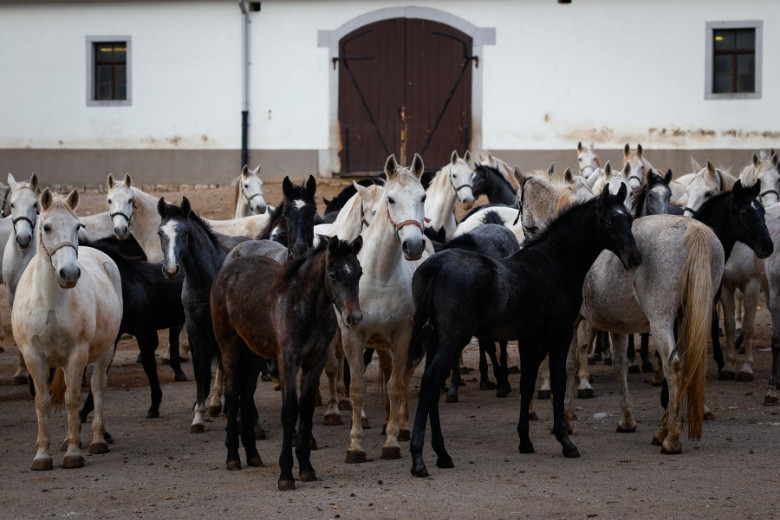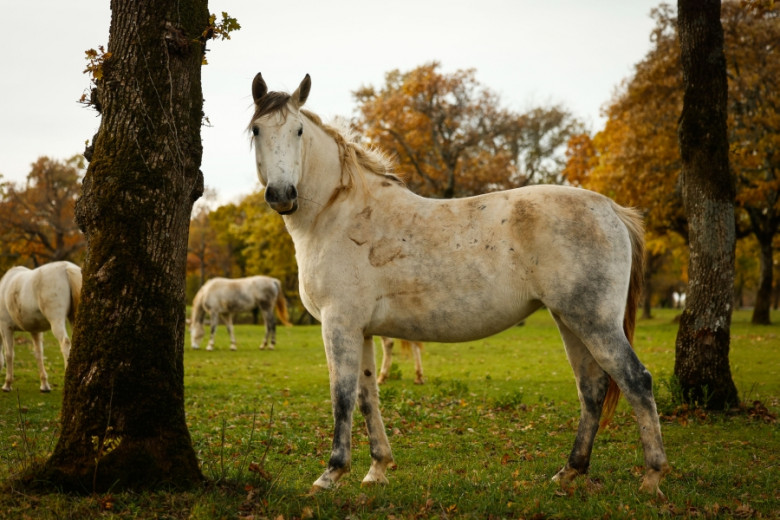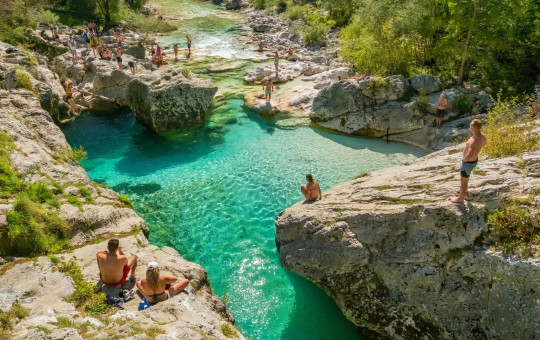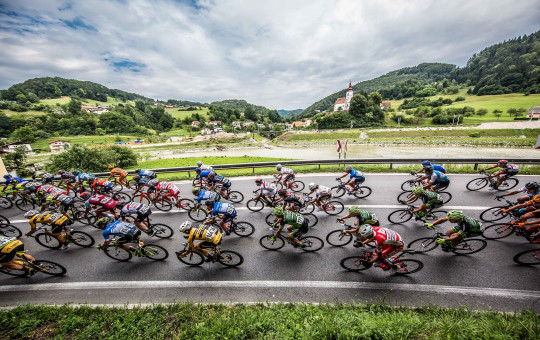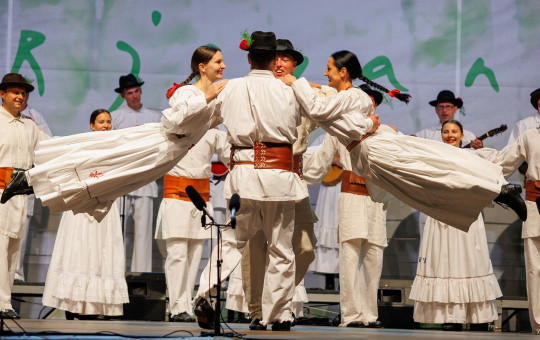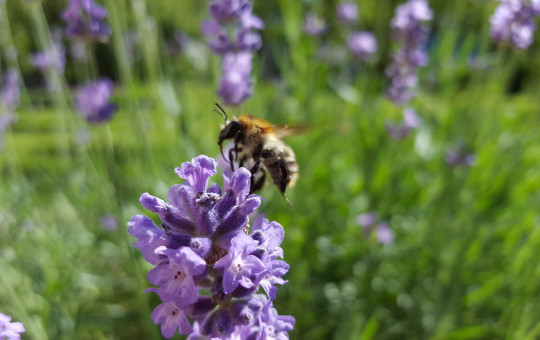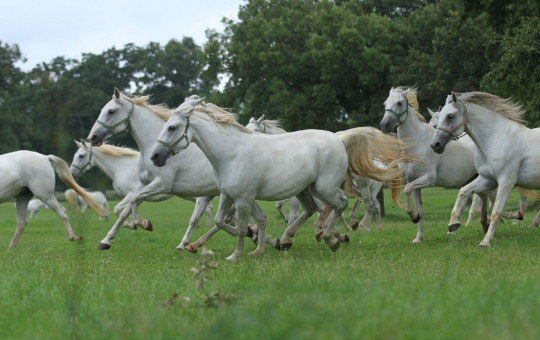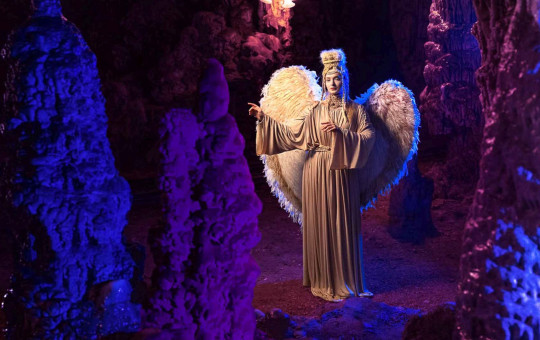The Committee for the Safeguarding of Intangible Cultural Heritage decided to enter Beekeeping in Slovenia in the UNESCO Representative List of the Intangible Cultural Heritage of Humanity.
The project to prepare the nomination, entitled “Beekeeping in Slovenia, a way of life”, was led by the Ministry of Culture. Experts from the Slovenian Ethnographic Museum, the Beekeeping Museum in Radovljica and the Slovenian Beekeepers’ Association helped in the preparations.
Meanwhile, the Lipizzan horse breeding traditions were an international nomination, also led by the Slovenian Ministry of Culture, and involved eight countries – Austria, Bosnia and Herzegovina, Croatia, Italy, Hungary, Romania, Slovakia and Slovenia – which wanted to present the variety of cultural practices and social meanings connected with rearing this famous breed of horses.
“Beekeeping in Slovenia, a way of life”
-
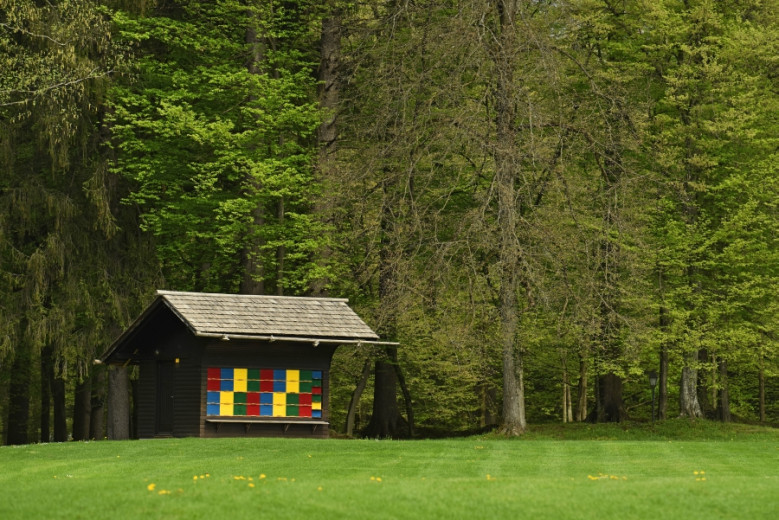
Slovenian beehive. Photo: Tamino Petelinšek/STA
-
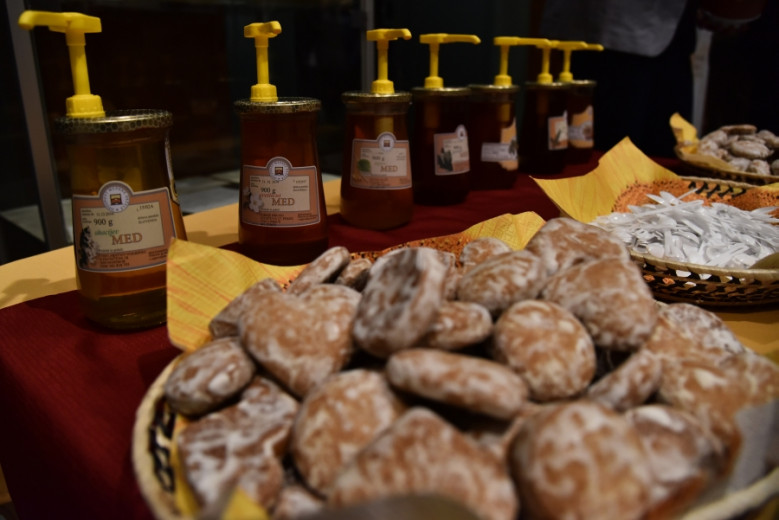
Beekeeping is a way of life for many individuals, families, and communities in Slovenia. Photo: Tamino Petelinšek/STA
-
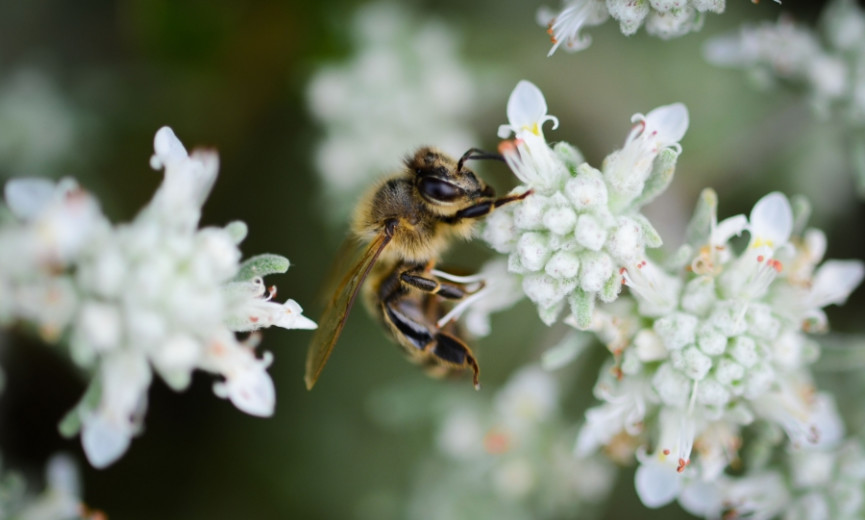
The only bees to be kept in Slovenia belong to the autochthonous honeybee subspecies known as the Carniolan honey bee. Photo: STA
The nomination of beekeeping in Slovenia provided evidence of the rich beekeeping heritage, its long history, and traditional expressions, as well as the widespread presence of skills, knowledge and practices, which are passed on from one generation to the next. Beekeeping is strongly integrated in the Slovenian territory, thanks to its movable and immovable heritage, and urban beekeeping has also become popular in recent times. There are also successful developments in apitherapy and apitourism.
Beekeeping is a way of life for many individuals, families, and communities in Slovenia. Armed with knowledge, experience, and skills, they look after honey bees. They produce bee products that are either food or substances for easing health problems (honey, beeswax, pollen, royal jelly, propolis, bee venom, aerosol). In the process, bees pollinate plants, which are a source of food for humans and animals. By keeping bees, a beekeeper helps maintain ecological balance and biodiversity. The only bees to be kept in Slovenia belong to the autochthonous honeybee subspecies known as the Carniolan honey bee.
There are around 11,000 beekeepers of different generations, social backgrounds and physical conditions. As the whole family is usually involved, however, the informal number is at least four times greater. The tradition is generally passed on from one generation to the next, both within the immediate and extended family. In Slovenia, beekeepers belong to more than 200 local beekeeping societies, six regional federations, and the national Slovenian Beekeepers’ Association.
There are also other professionals who are indirectly connected with beekeeping, such as manufacturers of beehives, beekeeping accessories, painted beehive panels, small loaves of bread and the tins for baking them, gingerbread-makers, wax chandlers, and mead producers.
The whole community shares a love and respect for bees, and the centuries-old tradition of beekeeping inspires modern forms of expression and practices. Knowledge and skills are passed down from one generation to the next. All this has produced a rich heritage in terminology, professional, literary and folklore literature, the fine arts (as in the characteristic illustrated beehive ends on the old Carniola-type beehives, featuring various religious or secular motifs), and architecture (typical beehives).
Lipizzan horse breeding traditions
The nomination demonstrated the existence and meaning of intangible heritage as a combination of knowledge, practices and skills linked with the rearing and breeding of Lipizzan horses.
The tradition dates back to the former Habsburg Empire and the Austro-Hungarian Monarchy, which prompted the development of social practices and forms of cultural expression down the centuries that are still part of present-day rituals, celebrations and contemporary equestrian sport.
The primary aim of horse breeding, which is based on carefully documented experience and knowledge of the breed’s evolution, is connected with classic dressage and equestrian sport, with which all the participant countries identify.
In some countries these horses were also bred in ordinary village communities, where Lipizzans were used as work horses (Croatia, Hungary, Romania). Horses appear at various different events and celebrations, and have a powerful symbolic role. One growing role of Lipizzan horses is in sustainable tourism and equine therapy. However, an important aspect of all the above activities is the special relationship between man and horse, based on trust and the horse being recognised as an equal partner, or even family member.
Slovenia has so far had four items entered on the Representative List of Intangible Cultural Heritage: the Škofja Loka passion play, the door-to-door rounds of Kurenti, lacemaking in Slovenia, and the art of dry stone walling, knowledge and techniques, the last being part of an international entry. Midwifery is in the process of being entered on the list, as part of an international nomination under German leadership (the decision is expected to be known in 2023). Meanwhile, Slovenia is also cooperating in having the art of dry stone walling include three more countries.
Date: 2. December 2022
Time to read: 4 min

